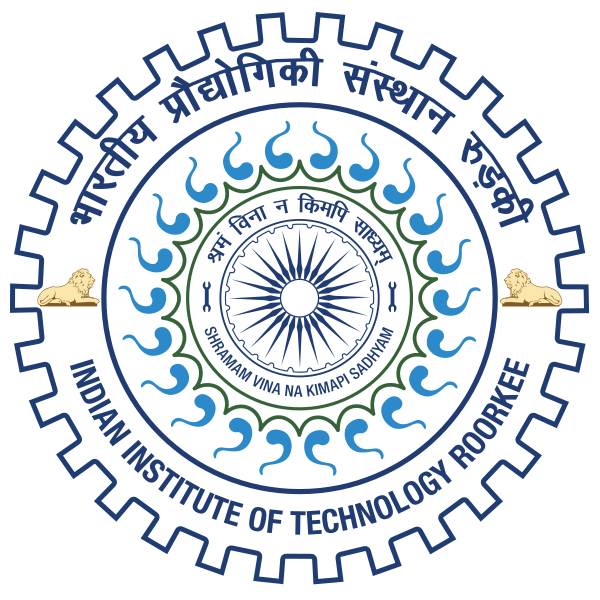Please use this identifier to cite or link to this item:
http://localhost:8081/jspui/handle/123456789/18350| Title: | THERMOCHEMICAL CONVERSION OF BIOMASS RESIDUE INTO BIOFUELS |
| Authors: | Kumar, Rahul |
| Issue Date: | Jun-2023 |
| Publisher: | IIT, Roorkee |
| Abstract: | A comprehensive understanding of physiochemical properties, thermal degradation behavior and chemical composition is significant for any biomass residues before processing it into any thermochemical conversion processes for energy production. In the current investigation, the physico- and thermochemical characterization of Teff Straw (TS), Coffee Husk (CH), Corn Cob (CC) and Sweet Sorghum stalk (SSS), residues are carried out to estimate their different applications as value added yields such as bio-energy and chemicals. The thermal degradation behavior of CC, CH, TS and SSS samples is calculated using four different heating rates (10, 50, 75 and 100 0Cmin-1). The activation energies values ranged from 81.919-262.238 kJ/mol and 85.737-212.349 kJmol−1 of CC, CH, TS and SSS by KAS and FWO models, respectively. It was concluded that the kinetics helps in the conversion process of the biomass into bioyields. The cellulose, hemicellulose and lignin are in the range of 31.56 to 41.15, 23.9 to 32.02 and 19.85 to 25.07 in CC, CH, TS and SSS, respectively. The higher heating value of the CC, CH, TS and SSS residues are within the range of 17.3–19.7 MJ/kg, which is comparable to crude biomass. The Scanning electron micrographs revealed that the structures are agglomerated and irregular with rough texture. A plethora of parallel lines has been seen that provide a passageway of nutrients and water transportation from the soil in all biomass samples. Furthermore, Energy Dispersive X-ray Spectra analysis showed the high carbonaceous material could be used as a precursor material for thermo-chemical conversion processes. The X-ray diffraction analysis showed extensive peaks that revealed biomass samples possess high carbon contents with crystalline in nature. The prominent FTIR band peak of CC, CH, TS and SSS has been found at wave numbers of 3408, 2925, 2360, 1738, 1500, 1635,1252-1042 and 615 cm-1, which is due to the stretching vibrations of -OH, aliphatic C-H, -CO, alkene C=C, -CO (aromatic stretching), CH– and C=C alkenes stretching respectively. Therefore, it can be concluded that the CC, CH, TS and SSS residues are a potential energy source for energy generation and are used in various applications such as textile industries, plastics, paints, automobiles and as food additives. |
| URI: | http://localhost:8081/jspui/handle/123456789/18350 |
| Research Supervisor/ Guide: | Kumar, Vimal |
| metadata.dc.type: | Dissertations |
| Appears in Collections: | MASTERS' THESES (Chemical Engg) |
Files in This Item:
| File | Description | Size | Format | |
|---|---|---|---|---|
| 21561013_RAHUL KUMAR.pdf | 5.69 MB | Adobe PDF | View/Open |
Items in DSpace are protected by copyright, with all rights reserved, unless otherwise indicated.

